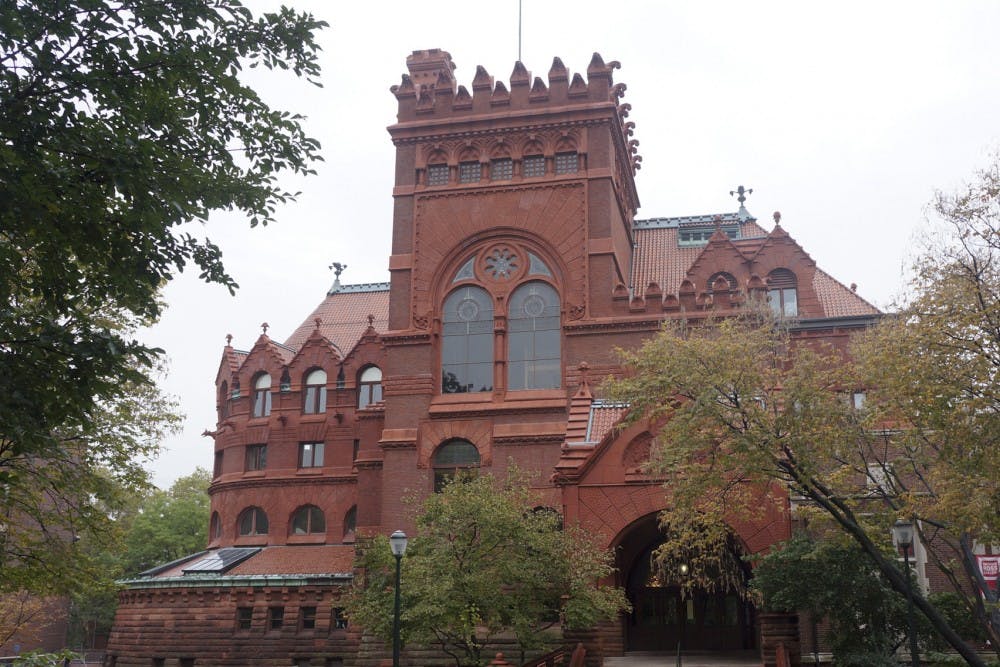Penn came in at number 11 in Forbes’ 2016 America’s Top Colleges rankings, one spot higher than it was ranked last year.
Forbes’ ninth annual list of the best colleges in the United States included a total of 660 public and private universities, liberal arts colleges and service academies. The top three spots went to Stanford University, Williams College and Princeton University, respectively.
Seven Ivy League schools made the top 25, with Princeton (#3), Harvard (#4), Yale (#6) and Brown (#8) rounding up the top 10. The Top 10 also included the Massachusetts Institute of Technology (#5), Pomona (#7), Wesleyan (#9) and Swarthmore (#10). Columbia ranked at #16, Dartmouth at #17 and Cornell at #30.
The top three public universities were the United State Military Academy, the United States Naval Academy and the United States Air Force Academy.
According to Forbes’ website, the rankings were determined with an emphasis on whether the colleges are worth their costs of attendance. Forbes focused on the college graduates’ success after college, rather than the schools’ admissions statistics like other rankings do.
Rising College junior Allison DuPont discussed the differences between different rankings’ methodologies.
“There are several magazines and websites that publish rankings and none of them end up overlapping even with the same guidelines,” DuPont said. “I think it’s hard to rank schools because there’s not a consistent definition for ‘best.’”
Forbes worked with the Center for College Affordability and Productivity to generate these rankings, using data from a variety of sources including Payscale, RateMyProfessors.com, the America’s Leaders list and the Department of Education. The categories used to rank these colleges included post-graduate success (accounting for 32.5 percent of a college’s rank), student debt (25 percent), student satisfaction (25 percent), academic success (10 percent) and four-year graduation rate (7.5 percent).
The top 25 schools had low student loan debt, high graduation rates and high retention rates, all with at least a 94 percent retention rate, with 11 schools reaching 98 percent and two reaching 99 percent.
The methodology addressed the issue of the rapidly rising cost of tuition and the resulting increasing student debt. According to Forbes, tuition and fees at public universities have grown 270 percent in the last 40 years and 204 percent for private universities during that same period.
Penn’s own tuition rate has been increasing at 3.9 percent per year for the past seven years, peaking at $66,000 for the 2016-2017 academic year.
Forbes also reported that 43 million Americans have debt from student loans, with the amount of people taking out loans increasing by 92 percent from 2004 to 2014. The total American student loan debt in 2016 was almost $1.3 trillion, with the average per borrower being around $27,000.
Overall, several Penn students said they did not particularly care for Penn’s precise rankings year by year.
“I’m really happy I go to a great school that is super well known, but I don’t care what exact number it is,” said rising College senior Tina Lulla.
“I don’t need someone to tell me that Penn is the best or the worst,” DuPont said. “It has ended up being the best for me and that’s all that matters in the end.”









